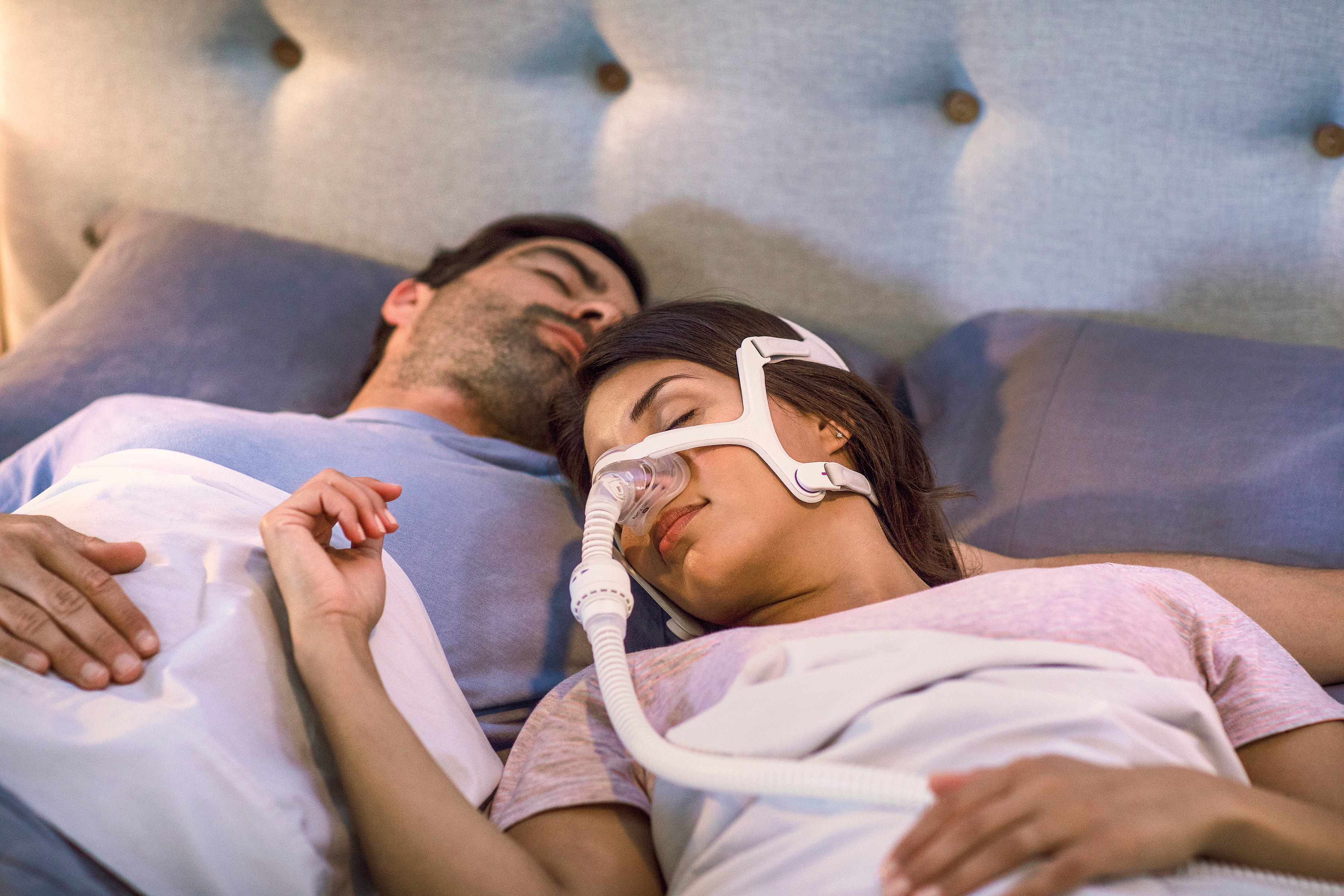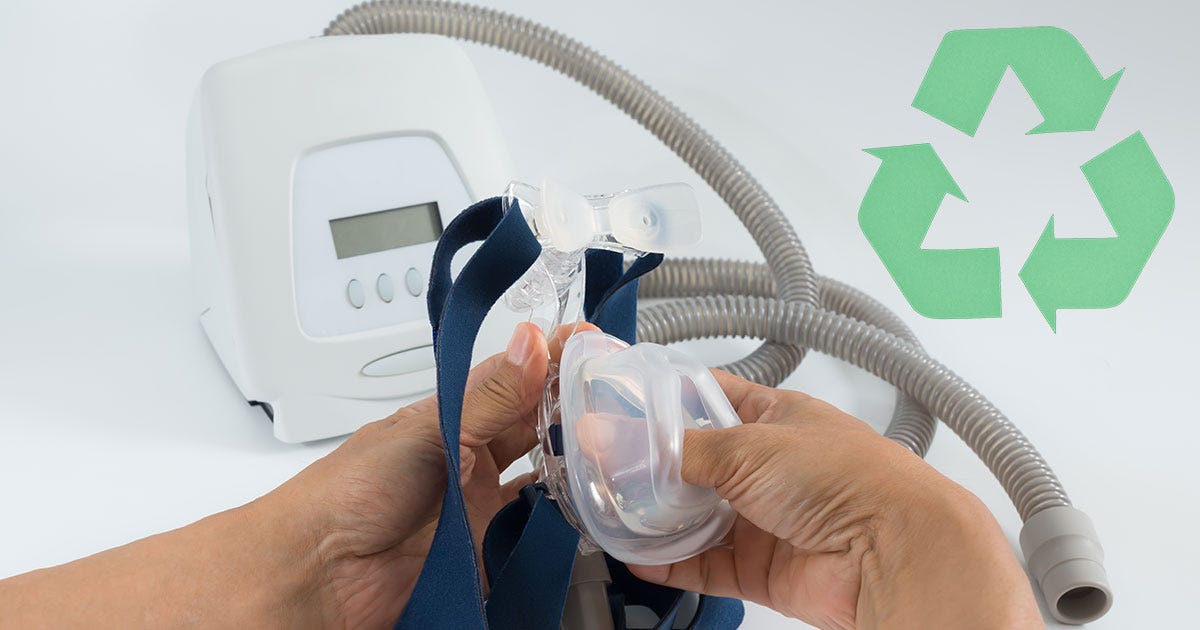Can sleep apnea cause headaches? Yes. Sleep apnea headaches in the morning are just one common side-effect of the syndrome. In fact, 50% of those who wake up with headaches are believed to have sleep apnea.
Headaches are most commonly experienced by patients with moderate to severe sleep apnea when the oxygen level drops due to the intermittent breathing caused by obstructive sleep apnea (OSA). Sleep apnea causes air to be trapped in the lungs, and this de-oxygenated air is the waste product carbon dioxide. It builds up in the lungs and recycles into the bloodstream. This lack of oxygen in the bloodstream, along with a build-up of carbon dioxide, negatively affects the brain and leads to sleep apnea headaches.
According to Dr. Mark Edward Abramson, sleep apnea and TMJ specialist with the California Center for Craniomandibular Disorders, it is this increased level of carbon dioxide that causes the headache. He explains, “Carbon dioxide as it rises causes the blood vessels in and around the head to dilate. This dilation results in a migraine-like headache that is throbbing and irritating. There are some important differences between sleep apnea headaches and migraines, though.”
Sleep Apnea Headaches Typically:
- Are felt on both sides of the head
- Dissipate patient wakes up and breathes normally (usually within the hour).
- Regularly reoccur

Migraines Typically:
- Are only felt on one side of the head
- May last for hours or days
- Can be accompanied by visual impairments
- Include nausea and vomiting
- Include light sensitivity
The different types of headaches that can be caused by sleep apnea include:
- Cluster headaches - Headaches that occur in clusters or patterns during cluter periods that may last for weeks or months.
- Hypnic headaches - Moderate throbbing headaches that wake the sufferer up one or more times during the night.
- OSA headaches -Headaches caused by the widening of blood vessels.
Sleep apnea and headaches go hand in hand, especially in older patients who often wake up a few hours after sleeping with a headache. Generally headaches due to sleep apnea occur between 4 AM - 9 AM, but they can also occur at night before bed.
Unfortunately, once you begin to experience sleep apnea headaches you can get caught in a cycle with pain on a daily basis. This is because chronically losing sleep creates a debt in your system that leads to stress and inflammatory changes, especially when hypoxemia, an abnormally low concentration of oxygen in the blood occurs.
Those with chronic headaches may be encouraged to keep a journal for three months to track triggers and patterns for attacks. However, you may also be advised to be tested for sleep apnea with a simple, at-home test.
Testing For and Treating Sleep Apnea
An easy-to-use, comfortable test will be shipped directly to your front door. After wearing the device for one night of rest, send it back. A qualified sleep physician will analyze the results. If you test positive, you may be prescribed a CPAP.
A continuous positive airway pressure (CPAP) device is the most effective way to treat sleep apnea, because it supplies a constant flow of air to give your body the oxygen it needs. This machine prevent oxygen deprivation so you can rest properly and get rid of sleep apnea headaches.

Aside from waking with a headache other sleep apnea symptoms include:
- Waking with a dry mouth
- Excessive daytime fatigue
- Weight gain
- Irritability or mood swings
- Insomnia
- Loud snoring
- Heartburn
- Inability to focus
If you think that you may be at risk for sleep apnea don’t hesitate to take your life back. Many CPAP users instantly feel revived after just a few nights of getting proper rest. Put an end to sleep apnea headaches now!






